What Is the Cost of a Straw Bale House – Can You Afford?

Are you tired of traditional home-building methods’ high costs and environmental impacts?
If so, you might look into straw bale houses – a sustainable, eco-friendly, and energy-efficient option.
However, as with anything new, you may have questions you want to be answered before making the leap. One such question is, “What is the cost of a straw bale house?”
The cost of a straw bale house ranges from $130 to more than $150 per square foot, depending on factors such as location, materials, labor, and design. Other factors, such as certification and permit requirements, increase the overall cost of building a straw bale house.
In the rest of this article, I’ll discuss the factors that affect the cost of straw bale houses and mortgage availability.
I’ll also discuss insuring straw bale houses.
Let’s get started!
Straw Bale House Costs: Key Takeaways
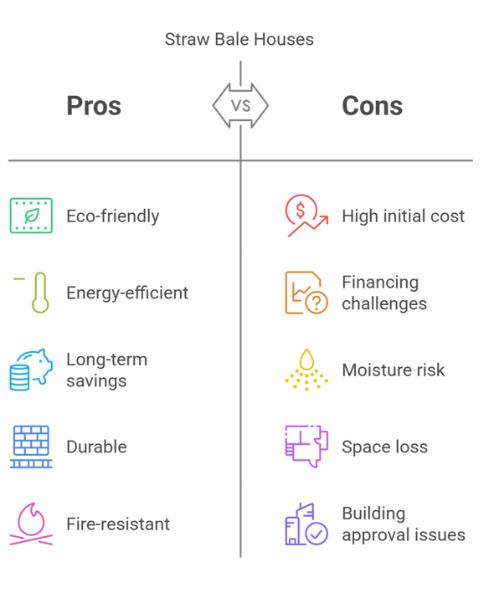
Okay, here’s the summary, further refined to ensure every point clearly connects back to the central theme of cost and financial implications:
Understanding the Investment
- Initial Build Costs: Expect to budget $130-$150+ per square foot, often comparable to standard home construction, with final costs heavily dependent on location and labor expenses.
- Cost Breakdown Reality: Remember straw bales typically only account for the wall system (~15% of the budget). Major expenses like land, foundation, roof, and labor remain significant cost drivers, similar to conventional builds.
Financing Costs and Future Returns
- Financing & Insurance Costs: Be prepared for potential hurdles that impact your budget; securing mortgages and insurance might be more difficult (and potentially carry higher costs or premiums) as lenders/insurers may view straw bale as ‘alternative.
- Return on Investment via Savings: A key financial benefit is the potential for significant long-term savings – lower heating and cooling bills due to excellent insulation can help offset the initial investment over time.
Long-Term Value, Risks & Ongoing Costs
- Construction Quality & Value Impact: Factor in how build quality affects future costs: proper construction avoids expensive moisture repairs, while thicker walls mean slightly less usable square footage for your investment dollars.
- Longevity vs. Risk Costs: Consider the long-term financial picture: while durability (100+ years) supports investment value, inadequate construction (like poor bale compression impacting fire safety) poses a significant financial risk and affects insurance costs.
The Cost of Building a Straw Bale House
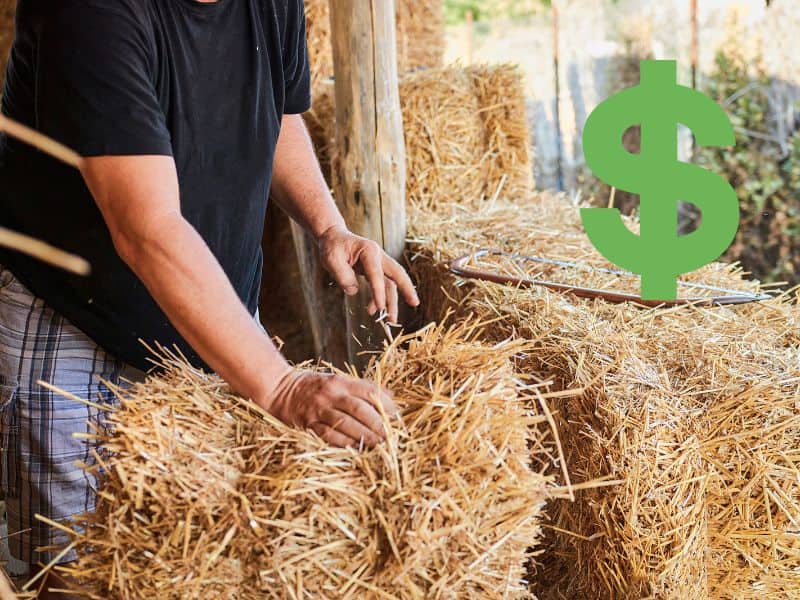
How much does it cost to build a straw bale house?
The straw bale part of a house is only the wall system. The rest of the parts – the foundation, roof, doors, windows, plumbing, and electrical are all made with conventional building materials.
Building any house’s wall system accounts for approximately 15% of the total cost. Therefore, even if the bales, plaster, labor, and lath for building the walls were all free, 85% of the cost would remain the same as conventional houses.
We assess the cost of a straw bale house by factoring in everything that goes into making it complete.
Factors That Affect the Cost of Straw Bale Houses
As much as I would love to give you an accurate figure for the cost of a straw bale house, it’s impossible to do so without taking into account the following factors, which will be different for each house.
Location
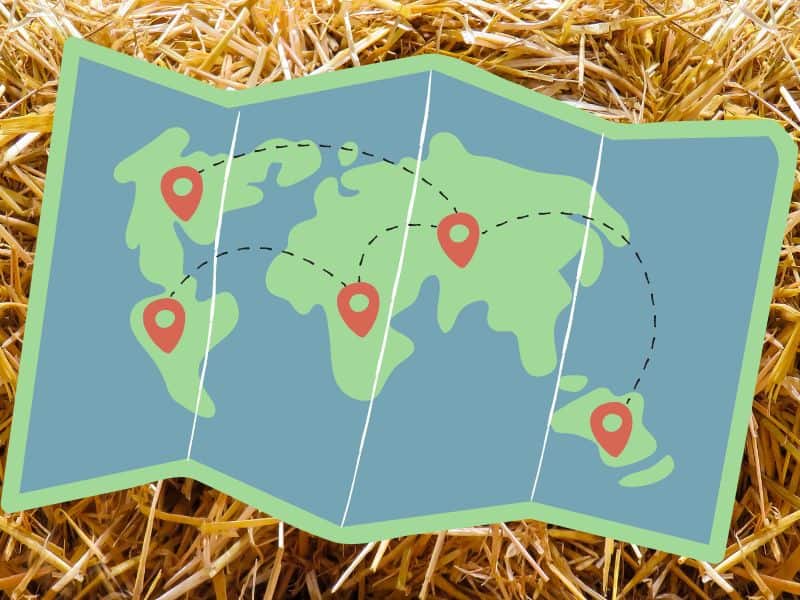
The law of supply and demand doesn’t spare the construction industry. The locale you choose will impact the total cost of the project based on the dictates of supply and demand.
Let’s look at location this way; you want to build a straw bale house in a popular location like the California Bay Area. Due to the high population in this area, the demand for housing is also high. Consequently, there is a high demand for materials, labor, and land.
The high demand for land, labor, and construction materials increases the cost of building your straw bale house per square foot. This explains why you might find someone building a similar house for a much higher price per square foot in such a locale.
Let’s assume you want to build a straw bale house in a less popular locale like rural Iowa. This is a less populated area with low demand for housing.
Consequently, construction materials, land, and labor costs are lower, so you’ll spend less per square foot than someone in the California Bay Area.
Labor
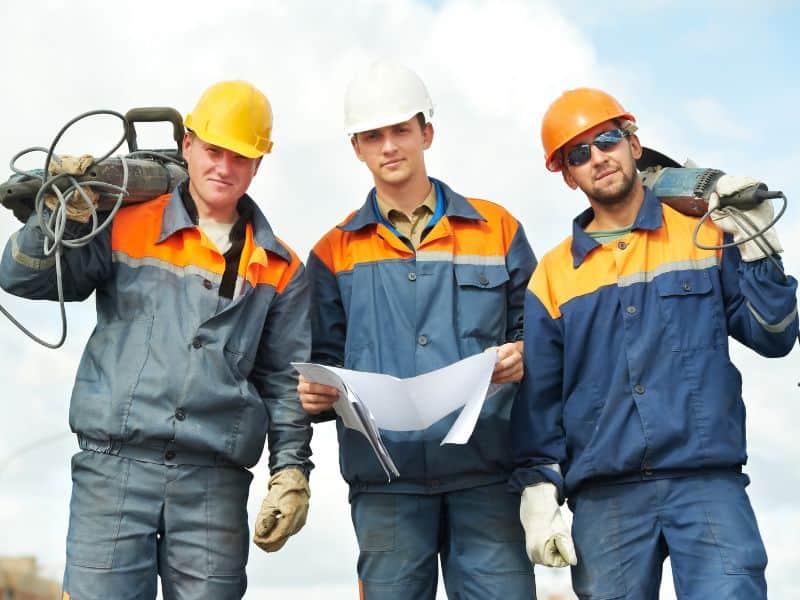
Labor is the highest cost in any construction project. It accounts for between 30 and 50% of the project’s cost.
Building a straw bale home is labor-intensive due to the stacking, shaping, plastering, and prepping of the wall. As such, you might need more labor if you’re building a larger house that needs many straw bales.
Labor is also affected by location, whereby it’s more expensive in urban centers than in rural areas.
An excellent way around expensive labor is going the DIY route. You can do most of the work, like stacking the bales, to offset the cost.
Transportation
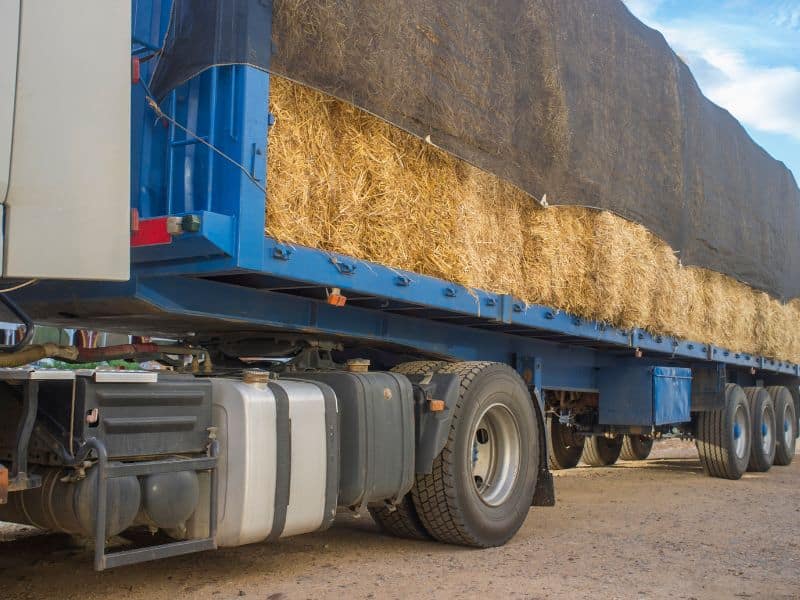
Where will you be sourcing your straw bales and other construction materials? Are the straw bales available very close to the site?
These are the questions you need to ask yourself when looking at how transportation will impact the cost of your straw bale house.
You must factor in the transportation cost if you’ll be importing the materials. The further away you source the materials, the higher the transportation cost. Similarly, if the cost of fuel increases, this will force your transportation costs up, too.
Getting a Mortgage on a Straw Bale House
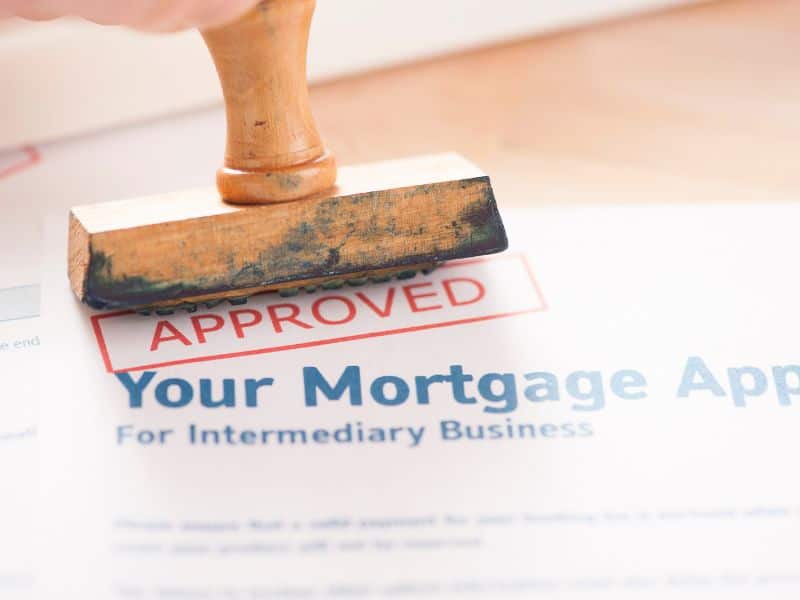
Homeownership is one of the most expensive one-off investments most people ever make.
Since buying a home is costly, many people rely on mortgages to finance their home purchases. Mortgages accounted for 71 percent of combined household debt in the United States in 2022.
If you don’t have the cash to finance a straw bale house, applying for a mortgage might be one of the options to realize your dream. However, since straw bale is not among the conventional building materials, one of the things you’ll want to know is, “Can you get a mortgage on a straw bale house?”
Many banks and other lending institutions consider straw bale construction as an alternative or “weird” process. Since banks will not want to take risks on alternative construction methods, getting a mortgage on a straw bale house can be hard.
Banks base their lending decision on the valuation of an individual house. The crucial aspect is that the house holds its value in the medium to long-term period. This is used as security by the banks when approving a mortgage.
However, although it’s hard to get a mortgage on a straw bale house, here are some of the things you can do to increase your chances:
- Have a reasonable down payment: If you already have a good amount invested into the project, the bank will probably feel more comfortable approving the mortgage.
- Know the amount you’re asking for: It’s advisable to give the bank an exact figure to work with. It’s important to discuss the cost upfront with some local builders.
- Mind your language: If the first few banks are against financing straw bale homes, change and use the term “post-and-beam” construction (with straw bale insulation).
Insuring a Straw Bale House
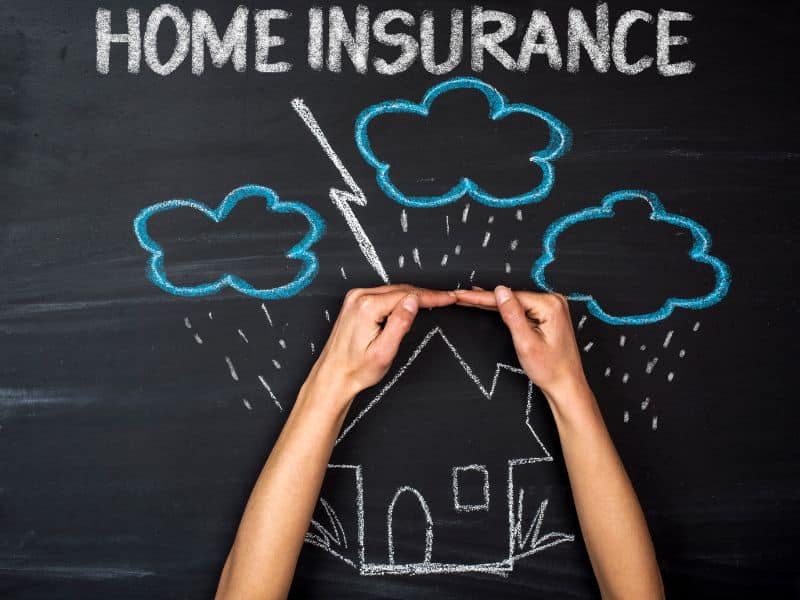
A homeowner’s insurance is one of the requirements for mortgage approval. However, you may decide not to insure your straw bale house if you build it with cash.
The sad reality is that, unlike conventional construction, getting a company willing to insure a straw bale house is not a walk in the park. This is not because straw bale homes are risky but because insurance underwriters lack sufficient knowledge about straw bale houses.
Most underwriters claim that straw bale houses are more likely to catch fire. This illustrates that most insurance companies are unaware that straw bale houses are fire-resistant due to the straw bale compression process.
However, if you’re not building a load-bearing straw bale house, tell the insurance company you’re building a post-and-beam home. This will increase your chances of getting a home insurance policy.
What Is the Disadvantage of a Straw Bale House?
The following are the main disadvantages of a bale house:
- They are susceptible to moisture and mold unless the proper precautions are taken.
- It can be hard to get building approval because straw bale is not a conventional building material.
- It can catch fire if not compressed adequately.
- Since the walls are thicker, they render more of the floor space unusable.
Frequently Asked Questions
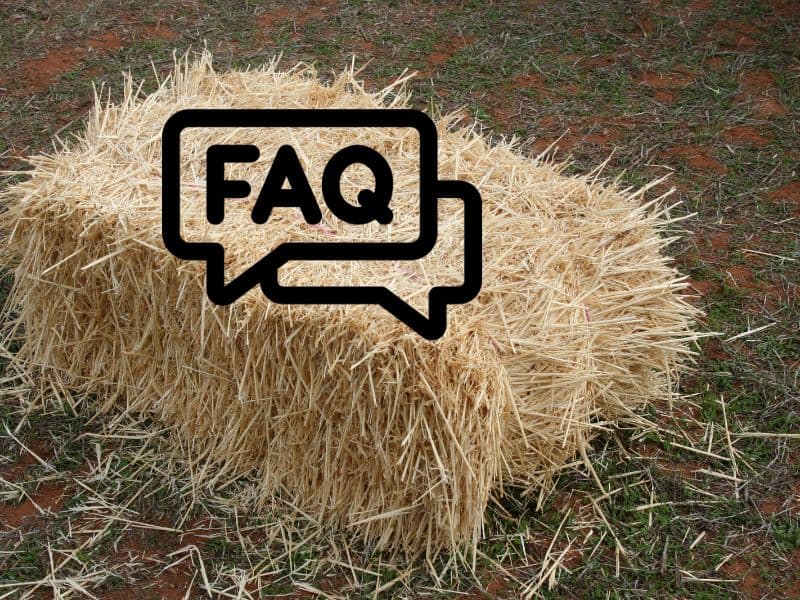
Are straw bale houses cheaper to build?
Building a straw bale house costs almost the same amount as conventional houses. This is because, although straw bales are cheaper, they are only used for the walls. The rest of the house uses traditional materials.
Is it cheaper to buy land and build a house?
Buying land and building a house is often cheaper because you’re involved in every step of its construction. Buying an already-built home is often more costly because the owner wants to return their investment plus some profits.
How long do straw bale houses last?
Straw bale houses can last more than 100 years. However, they require adequate care, like plastering with vapor-permeable materials like clay. They also need to be raised from the ground to prevent water damage.
Are straw bale houses expensive?
Most straw bale houses cost between 10 and 12% more than their conventional counterparts. However, due to their high R-values, straw bales are efficient insulators. Therefore, straw bale houses help save more money over time in heating and cooling costs.
Final Thoughts
While the cost of a straw bale house may be slightly higher than conventional construction methods, the long-term savings and benefits make it a worthwhile investment.
So, don’t be discouraged by the initial build cost. Instead, weigh the advantages and consider the overall value of a beautiful home that’s also kind to the environment and your wallet.
Since there are different types of straw bale construction, getting one that fits your needs and budget can be daunting. To simplify this, we have an article on the pros and cons of the different straw bale construction types to help you choose the best.


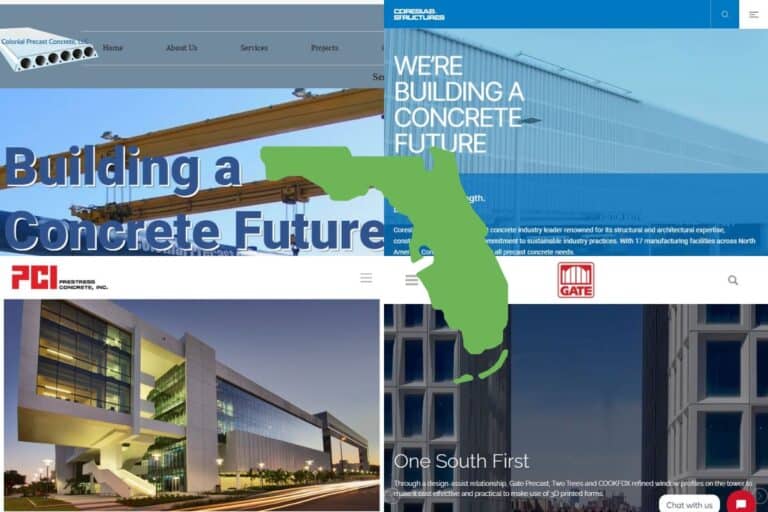




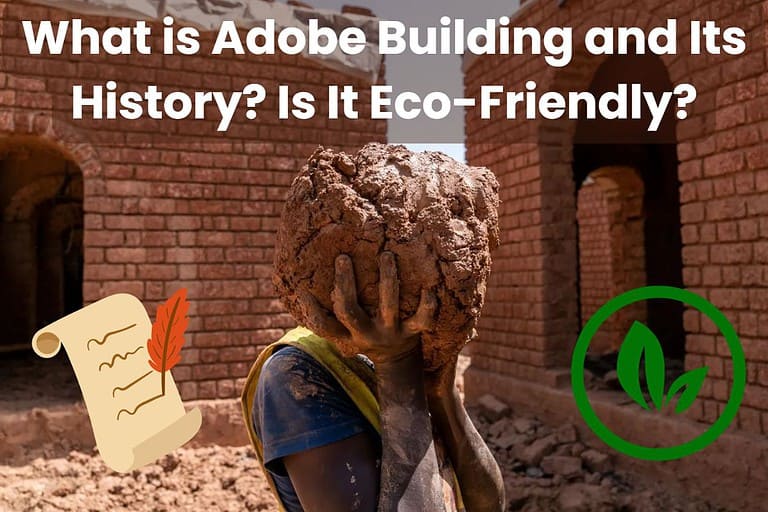
I am an appraiser and just got my first rice straw bale home to appraise. I appreciate your article very much as I am educating myself about it. I was curious if you have a range of price per sf on building straw bale homes in Northern California. I am in Sonoma County or North Bay. Any information you can share will be helpful as I am also trying to gather information on current costs to build them. Thanks!
Hi Lou, and thanks for taking the time to leave a comment. Costs are very much dependent on circumstances, and can be affected by location, finishes and many other factors. If I were an appraiser, I’d try to go about it in a nuanced way. I’m not an appraiser so the following doesn’t constitute professional advice on your question. However, here are some points you might want to think about.
1. Acknowledge the Unique Nature:
Straw bale construction is still relatively uncommon. This means there likely won’t be many direct comparables (recently sold straw bale homes) in the immediate area. You might need to explain this in your appraisal report and justify the valuation method you choose.
2. Consider “Green” Premiums:
Straw bale homes offer several advantages:
* Energy Efficiency: They often have very low heating and cooling costs.
* Sustainability: Straw is a renewable resource and often locally sourced.
* Durability: When properly built, straw bale homes can be very strong and long-lasting.
Buyers may be willing to pay a premium for these features. You might want to research any available data on how much extra buyers pay for green or energy-efficient homes in the area.
3. Adjust Conventional Comparables:
You might want to find the most similar conventionally built homes in the area (size, age, features, location) and use them as a starting point. Then make adjustments to account for the unique features of the straw bale home:
* Positive Adjustments: For the energy efficiency, sustainability, and durability mentioned above.
* Possible Negative Adjustments: If there are any perceived drawbacks (e.g., potential for pest issues if not properly constructed, or any outdated perceptions about straw bale construction), you might want to make minor negative adjustments.
4. Cost Approach as a Supporting Factor:
While not the primary method, you could consider the cost to rebuild the straw bale home. This helps establish a baseline value, especially when comparables are scarce.
5. Highlight Unique Features in the Report:
You might want to think about clearly describing the construction method, materials, and any special features of the straw bale home in your report. This helps educate the reader (often the lender) and justify the valuation.
If I were you, I wouldn’t let any personal opinions about straw bale construction influence my analysis.
Ultimately, the value of a straw bale house depends on the specific property, its location, and the overall real estate market. But by carefully considering the factors above, I’m sure you can arrive at a fair and reasonable appraisal.